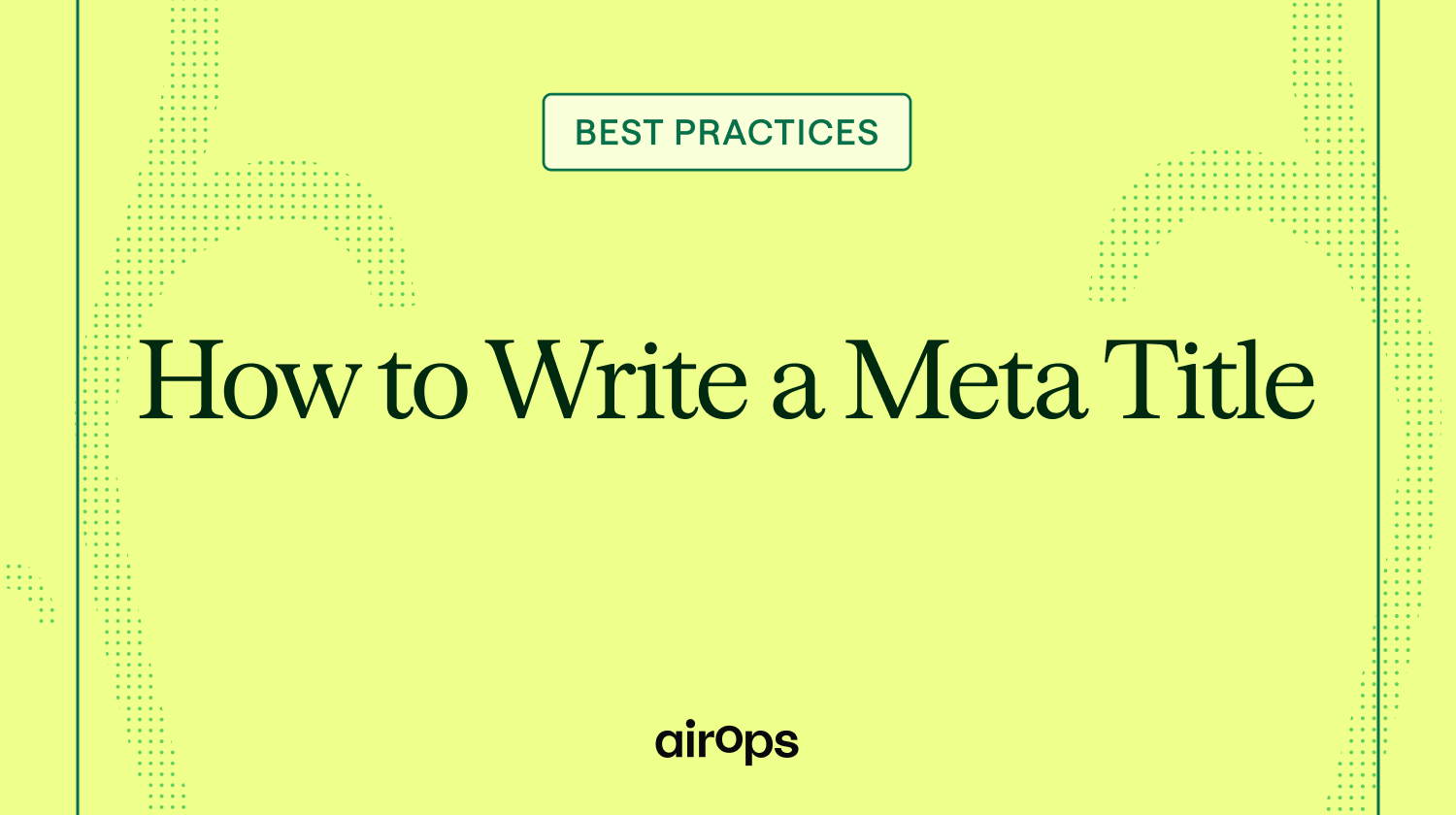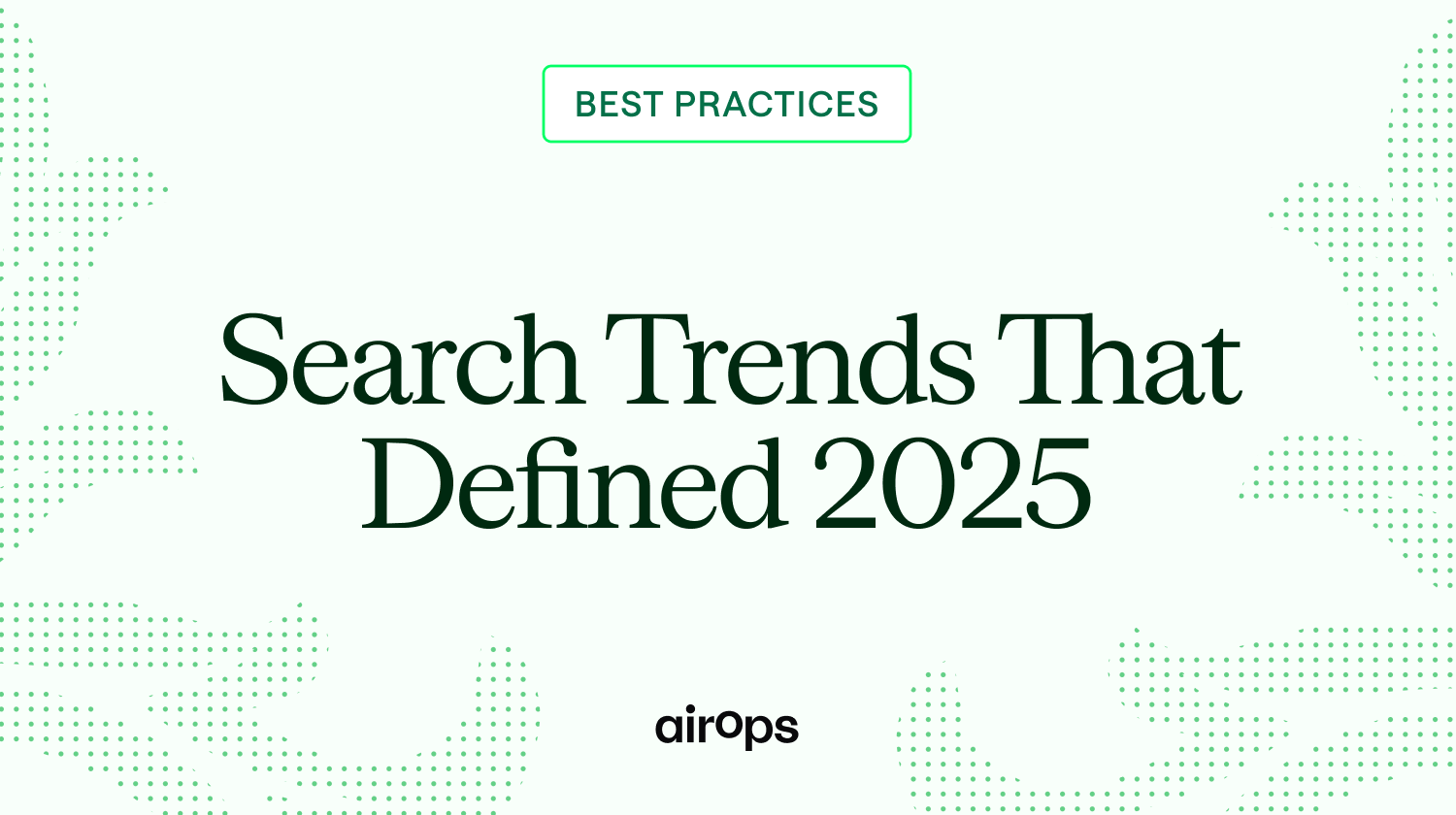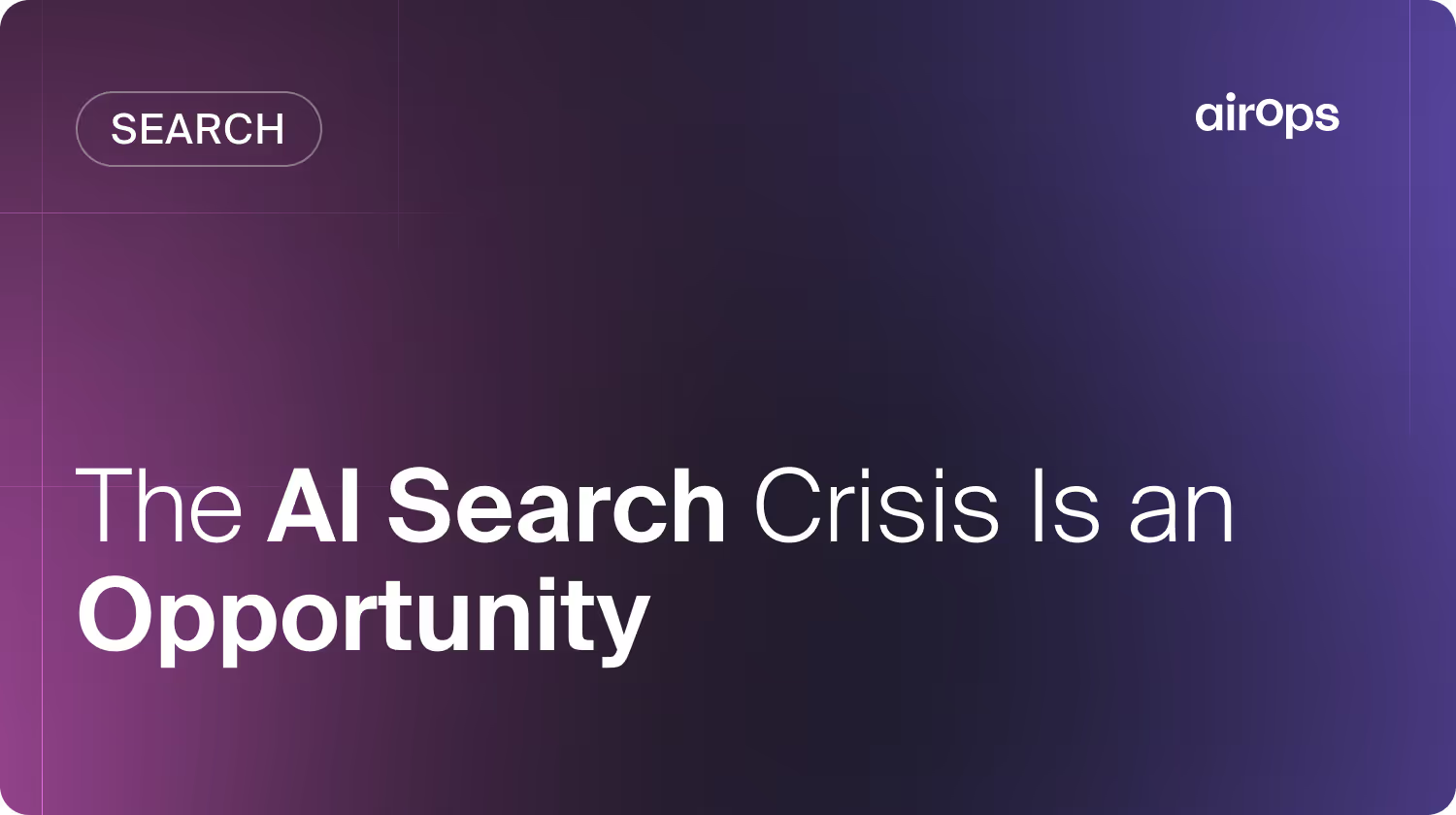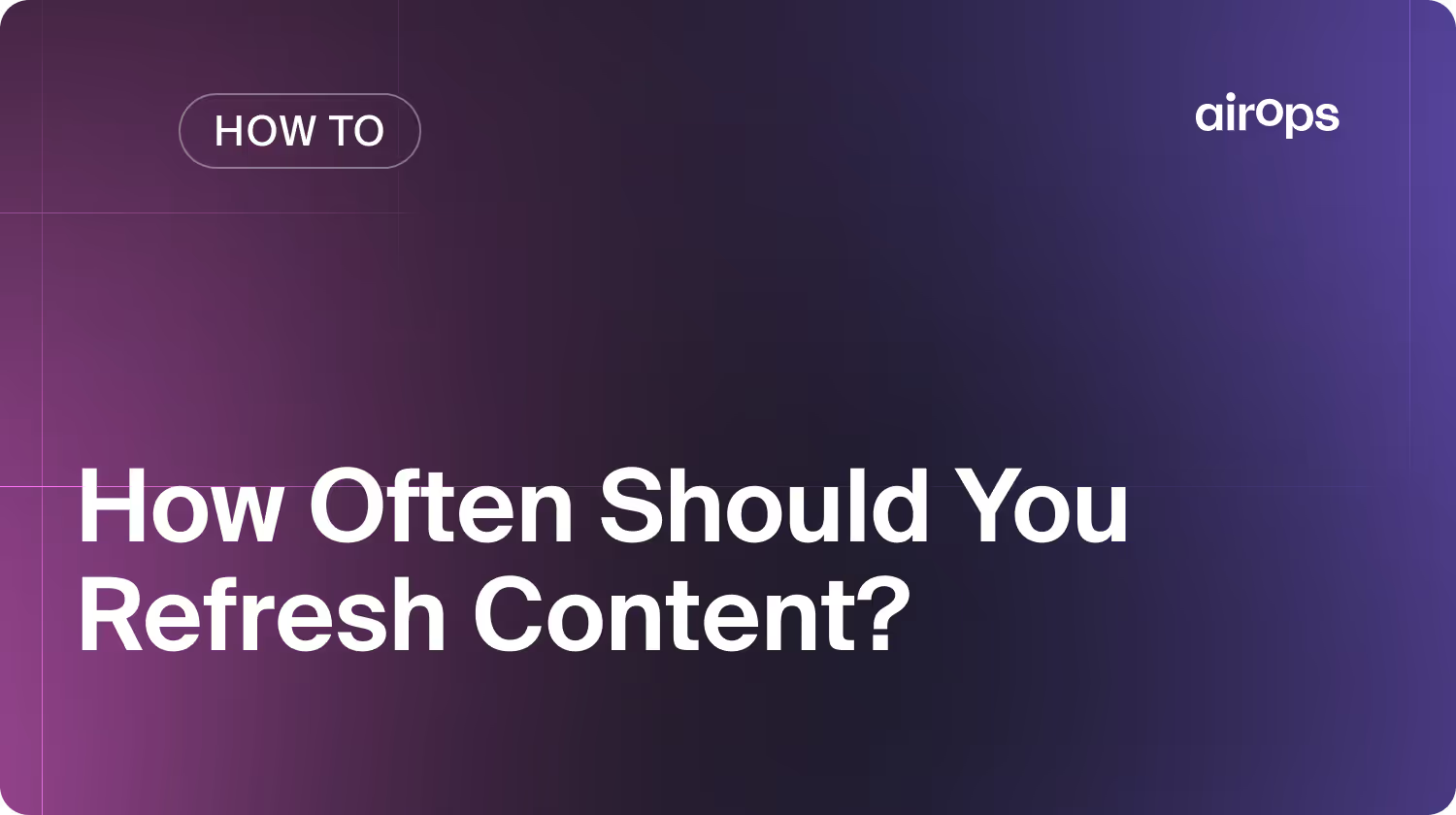How to Write a Meta Title: Definition, Format & Best Practices

Meta titles are a critical element of on-page SEO.
They serve as the first impression for both users and search engines, appearing in search engine results pages (SERPs) and browser tabs.
Well-crafted meta titles can improve your rankings, boost click-through rates, and help your content stand out.
Optimizing your meta titles is just as important as optimizing other on-page elements, such as ideal content length for SEO.
What Is a Meta Title?
A meta title, also called a title tag, is an HTML element that defines the title of a web page. It appears in search engine results pages (SERPs) as the blue, clickable headline and also shows in browser tabs.
Meta titles tell both users and search engines what the page is about. A well-optimized meta title improves SEO visibility, aligns with search intent, and encourages clicks.
Why Are Meta Titles Important for SEO?
Meta titles play a vital role in your website's SEO strategy. Optimizing your title tags is essential for improving your search engine rankings and driving organic traffic.
Inform Search Engines About Page Content
Meta titles help search engines understand what your webpage is about. When you include relevant keywords in your title tag, search engines can better match your content to user queries. Well-crafted meta titles provide a clear and concise summary, making it easier for search engines to categorize and index your website accurately.
Influence Click-Through Rates from SERPs
Your meta title is the first thing potential visitors see in search results. An engaging and informative meta title can entice users to click through to your website, even if you are not ranking in the top position. Higher click-through rates drive more traffic and send positive signals to search engines, potentially leading to improved rankings over time.
Impact Social Sharing and User Perception
Meta titles influence how your webpage is perceived on social media platforms. When users share your content, the meta title often serves as the default title for the shared link. An attention-grabbing meta title can encourage social media users to click, driving referral traffic and establishing your brand's credibility.
How Long Should a Meta Title Be?
The ideal meta title length is 50–60 characters, which helps ensure your title displays fully in Google’s search results––However, search engines don’t impose a fixed character limit.
Instead, Google truncates meta titles based on pixel width, typically around 600 pixels on desktop. Because characters vary in width—some wider than others—two titles with the same character count may display differently.
According to Search Engine Land, pixel width—not character count—is the true limiting factor. Still, aiming for under 60 characters remains a widely accepted best practice.
Research by Moz supports this benchmark: titles under 60 characters display correctly in about 90% of search results.
To optimize for both desktop and mobile:
- Front-load important keywords to keep them visible even if the title is truncated
- Avoid filler or redundant words that take up valuable space
- Use Google’s Mobile-Friendly Test to preview how your titles appear across devices
Pro Tip: Mobile displays often show fewer characters. Prioritize your most valuable terms at the beginning of the title.
In addition to length, effective meta titles should be:
- Unique to each page
- Aligned with search intent
- Readable and descriptive
- Free of keyword stuffing
While title tag length is just one piece of on-page SEO, it plays a pivotal role in click-through rate, search visibility, and AI citation potential—especially as LLMs and answer engines increasingly reference well-structured metadata.
How to Write an Effective Meta Title
Now that you understand the importance of meta titles and their ideal length, follow these best practices to craft effective meta titles that drive clicks and improve your search engine rankings.
Include Your Primary Keyword
Incorporate your primary keyword in the meta title to help search engines understand the main focus of your page. Placing your main keyword at the front of the title strengthens topical relevance and improves visibility if the title is truncated.
Example:
If your primary keyword is "best hiking trails," use: "10 Best Hiking Trails in the Pacific Northwest | Your Brand"
Avoid Keyword Stuffing
Search engines penalize titles that unnaturally repeat keywords. Instead, use natural language that accurately reflects your page's content.
Add Your Brand Name (When Relevant)
Including your brand name at the end of the title can boost trust and brand awareness, especially for branded queries. The best place to include your brand name is at the end of the meta title, separated by a pipe character (|) or a hyphen (-).
Example: "How to Choose the Best Running Shoes | Your Brand"
Use Action-Oriented, Compelling Language
Your meta title should inform search engines and entice users to click. Use action-oriented language, emotional triggers, or numbers to make your titles more engaging.
Examples:
- Discover the 5 Secrets to Boosting Your Productivity
- The Ultimate Guide to Planning Your Dream Vacation
- How to Save Money on Groceries Without Sacrificing Quality
Ensure Every Page Has a Unique Title
Duplicate meta titles confuse search engines and dilute ranking potential. Use page-specific modifiers or long-tail keywords to differentiate titles.
Leverage AI Tools for Scalability
AI tools like AirOps Meta Title Generator help you create optimized, keyword-rich titles at scale. These tools analyze your content and generate multiple variants—helping you streamline workflows while maintaining quality.
Do Meta Titles Matter in 2025?
Meta titles play a central role in SEO performance and visibility—both in traditional search and AI-powered answer engines.
By following proven best practices and using the right tools, you can craft titles that drive results, reduce manual effort, and keep your content competitive.
How AirOps Can Help With Meta Title Best Practices
AirOps empowers content and SEO teams to optimize meta titles at every stage of the content lifecycle—from net-new content creation to large-scale refresh initiatives.
Using AI-powered workflows, AirOps helps you generate high-performing meta titles, maintain consistency across your site, and streamline optimization at scale. Whether you're publishing a new article or updating hundreds of aging pages, AirOps enables a faster, more strategic approach to metadata management.
With AirOps, your team can:
- Automate meta title creation based on content, keywords, and page context
- Integrate keyword research and search intent alignment into your content workflows
- Refresh outdated titles in bulk to boost visibility and improve CTRs
- Maintain brand voice and messaging consistency across thousands of pages
- Scale SEO efforts without compromising quality or oversight
AirOps eliminates manual bottlenecks and ensures your metadata is always optimized for both traditional search engines and AI-driven answer platforms.
Book a strategy session today to learn how AirOps can help your team streamline content operations and drive measurable growth.
Win AI Search.
Increase brand visibility across AI search and Google with the only platform taking you from insights to action.
Get the latest on AI content & marketing
Get the latest in growth and AI workflows delivered to your inbox each week
.avif)





